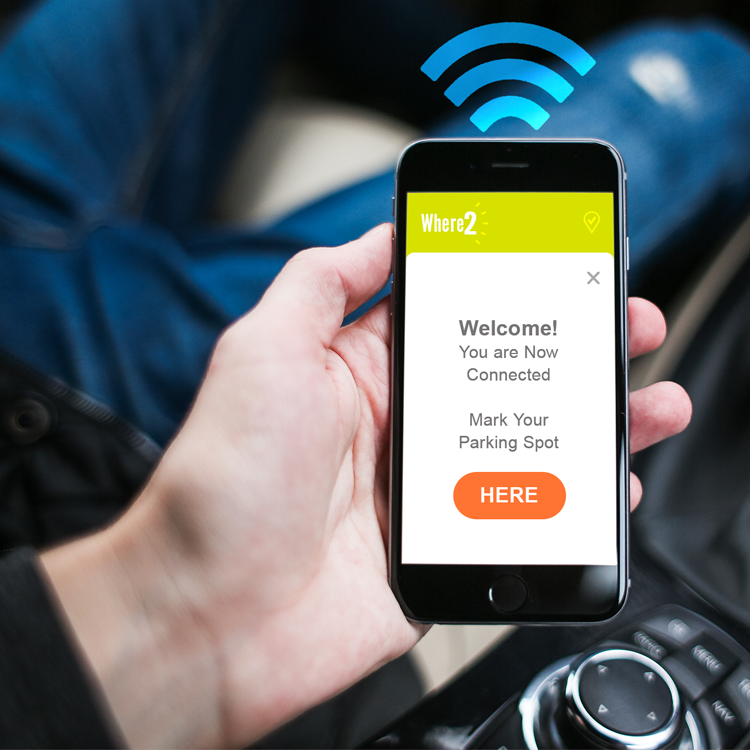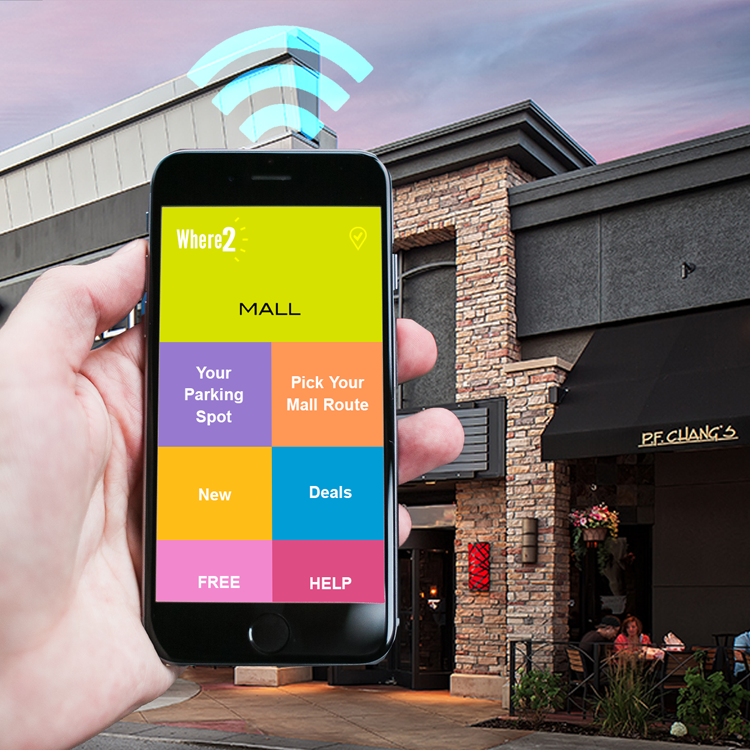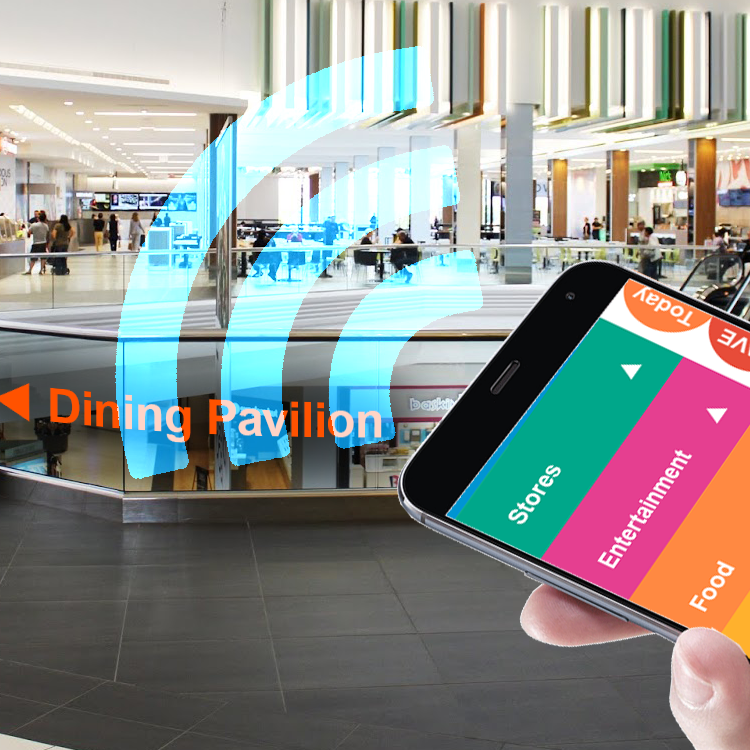Rosario Carrillo
User Experience Designer
Responsible for ideation, research, logo, sketches, wireframes, prototypes, writing, and flowchart. Software: Photoshop, Illustrator, and Adobe XD.
Usability is an essential factor for any public venue, including Shopping Malls, but due to communication issues and the organization of the environment, customers may not come back. This case study presents a UX visual design approach to a venue's need for ongoing usability evaluation and provides recommendations for a technology-enhanced product that would enhance onsite and offsite wayfinding.
The case study prototypes display the results of four onsite observational ethnographic studies at different times of the day over a month and the results of a technology product survey. The observational studies' findings revealed a great need for quick access to the Mall's stores and that safety and security needed improvement.
To solve the venues wayfinding problems, a technology application named "Where2" was created. Where2 is a product that subscribers can program for all venues like malls and outdoor festivals. Where2 closes the wayfinding gap between what is available (by the venue management) and what is needed by the customer. The application will work with approximately 90% of all attractions and provide users with their own personal safety and security options covered free or on a subscription basis.
Product Overview
The venue subscribes to the Where2 core system software and maintains all server-side needs while the user subscribes to the app services as an independent user. The management software subscription includes an option for pre-planned and built-in LED directional signage that can be edited on-demand, from anywhere to help their users. Then, the Where2 app can help the public by highlighting potential safety risks to avoid, provide parking and pre-planned trip routes. For example, when an escalator goes down, an "automatic do not use" notification would pop up on the subscriber's phone as the mall office updates the mall signage stationed next to the escalator.
The Where2 management package includes:
Interactive architectural LED - wall signage, hanging banners, kiosk signage, and sign displays.
Detailed, site-specific sign templates - signage can be updated quickly from any device without additional personnel or conventional sign printing.
The Where2 subscriber app features include:
Car Locator
The application can store parked car location coordinates.
Trip planner
Users can pre-select the places and services they need to visit indoors or outdoors at subscribing venues before arrival, and then the routes can be stored for later use or printing.
Shop locator
LED directional signage will display on glass railings by walkway ramps when a button is pushed on their smartphones.
Help button
The button connects to 911 or Mall security.
Evaluation Process
The projects evaluation process included:
Four onsite observations
A satisfaction survey
Survey Consent Form
Four personas
Results
Onsite observations
The onsite observational findings indicated an uneven experience for anyone accessing the Mall. These findings could cause management a loss of customers and problems using the Mall's conveniences as intended.
The observations disclosed:
Disabled people were trying to enter inaccessible doorways.
Shoppers were walking down broken escalators because other conveniences were not easily located, and emergency wayfinding signage was not available.
Homeless people were sitting in front of food venues, watching customers.
People from out of town were asking shop employees for directions due to lack of signage.
When a shopper asked where a particular store was, a shop employee sent t to an empty store location.
Product Satisfaction Survey
The satisfaction survey results were beneficial, and the Where2 application scored:
100% - Very positive.
50% - Extremely innovative.
50% - Very innovative.
50% - Something they needed.
25% - Probably needed.
25% - Definitely don't need it.



